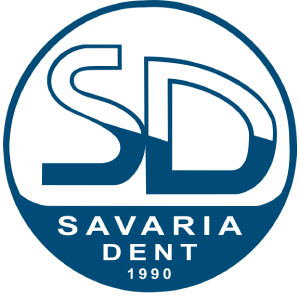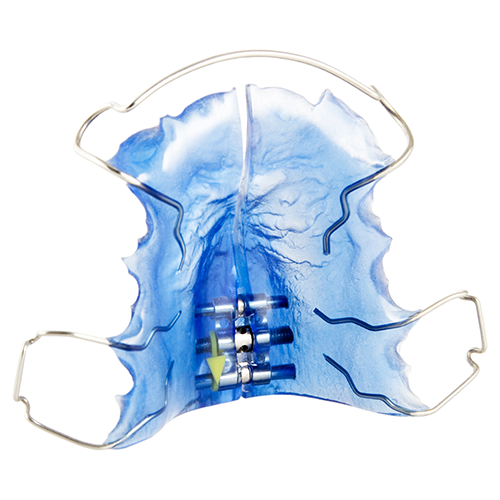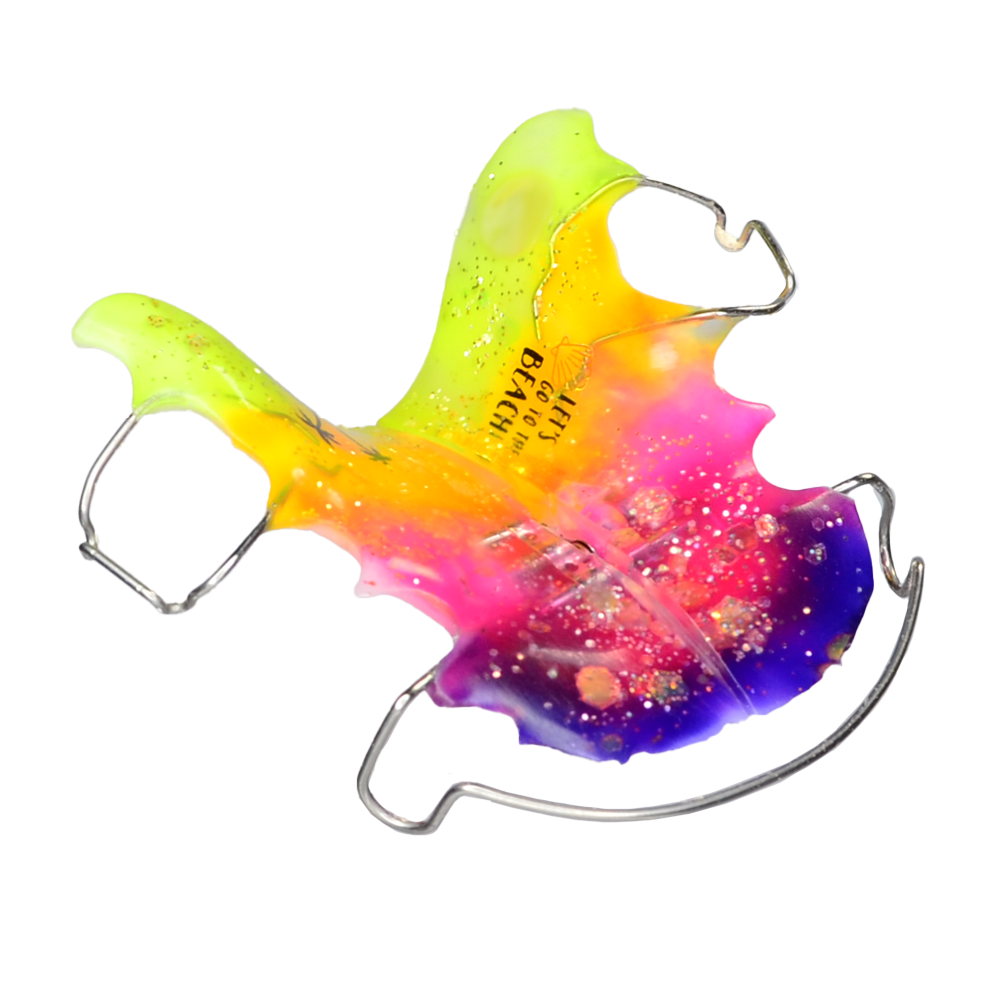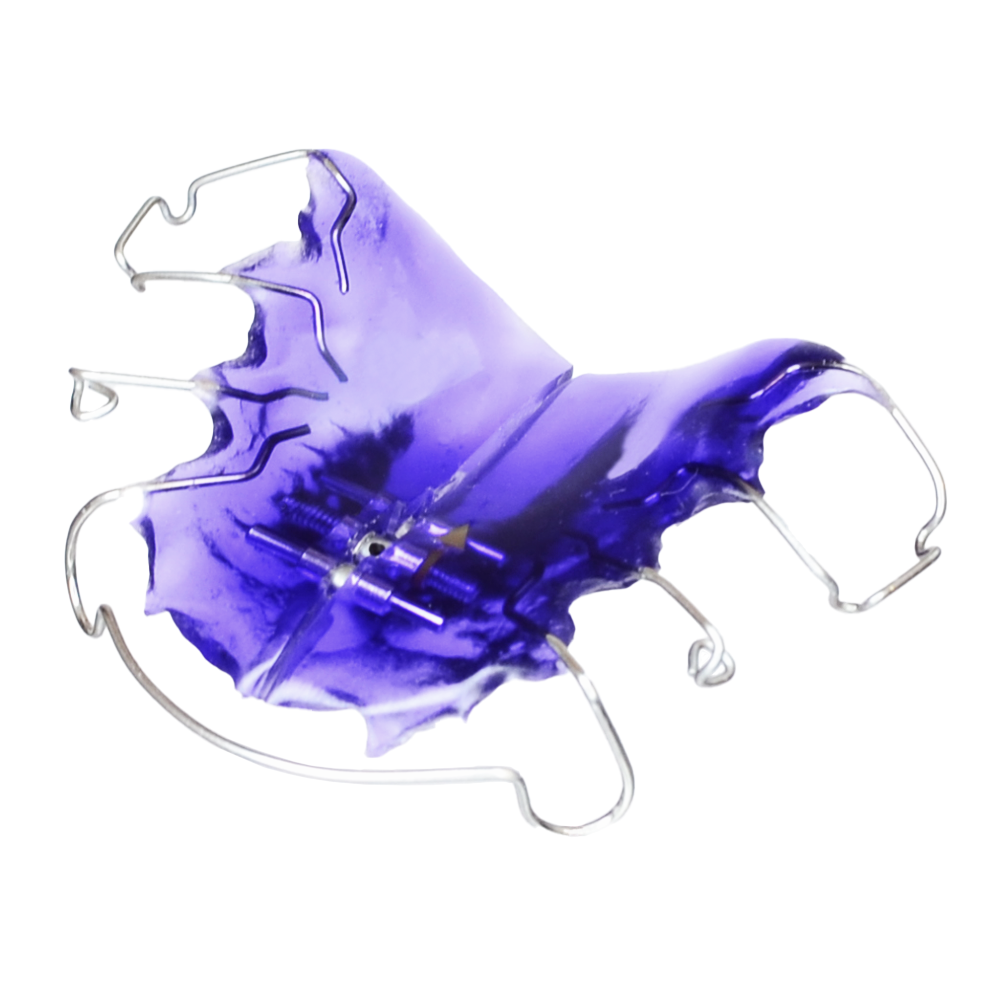They are similar in construction and operation to simple plates, differing in that the base plate is divided into two or more parts and these parts are connected by a screw. By activating the screws, the parts of the plate can be moved apart or closer together according to the installation of the screw. When installing the screw, the degree of movement of the screw, the amount of movement per revolution (screw pitch), the vector of movement of the screw (this determines the direction of movement) are important.
There is an extensive list of options to choose from, including clamps, front arches, springs and other elements. There are also a range of options for plate extensions and bits, with the option of incorporating multiple screws.
Preparation: based on a plaster model, it is advisable to take a construction bite in the case of bite blocks.
Activation. The screws are activated according to the wear time and the speed of displacement, or activated in consultation with the patient. It is important to avoid overactivation. If several screws are used, or if a Bertoni screw is used, for example, only one screw should be activated at a time, i.e. activation should only occur in one direction. The next time the other screw is activated, and so on. It is important to explain or describe the activation cycle.
- type: Plates




